Stunning Companion Plants For Anemones
Stunning Companion Plants for Anemones
Anemones are beautiful flowers that can add a touch of elegance to any garden. They come in a variety of colors, including white, pink, purple, and blue. Anemones also bloom for a long period of time, from late summer to early fall.
If you're planting anemones in your garden, you'll want to choose companion plants that will complement their beauty. Here are a few stunning companion plants for anemones:
- Asters are another late-summer bloomer that comes in a variety of colors, including purple, blue, pink, and white. Asters are also relatively low-maintenance, making them a good choice for busy gardeners.
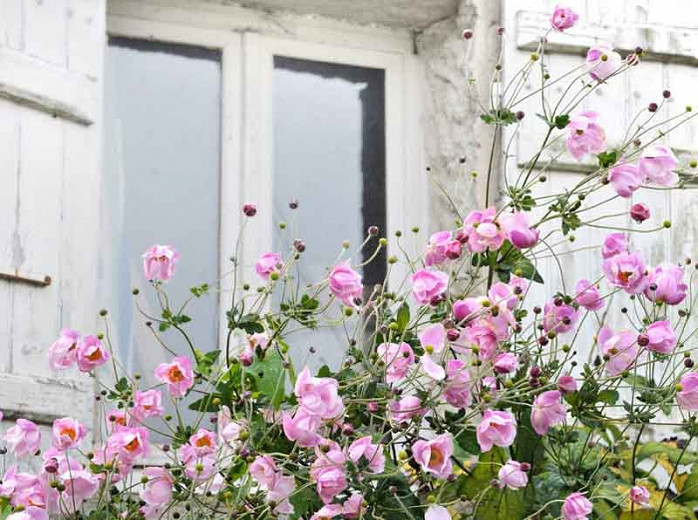
- Coneflowers are known for their bright, daisy-like flowers. They come in a variety of colors, including red, orange, yellow, and purple. Coneflowers are also drought-tolerant, making them a good choice for gardens in hot, dry climates.

- Goldenrod is a tall, upright plant with bright yellow flowers. Goldenrod is a good choice for gardens that need some extra height. It's also a good source of nectar for butterflies and other pollinators.

- Joe-Pye weed is a tall, showy plant with lavender-blue flowers. Joe-Pye weed is a good choice for gardens that need some late-summer color. It's also a good source of nectar for butterflies and other pollinators.
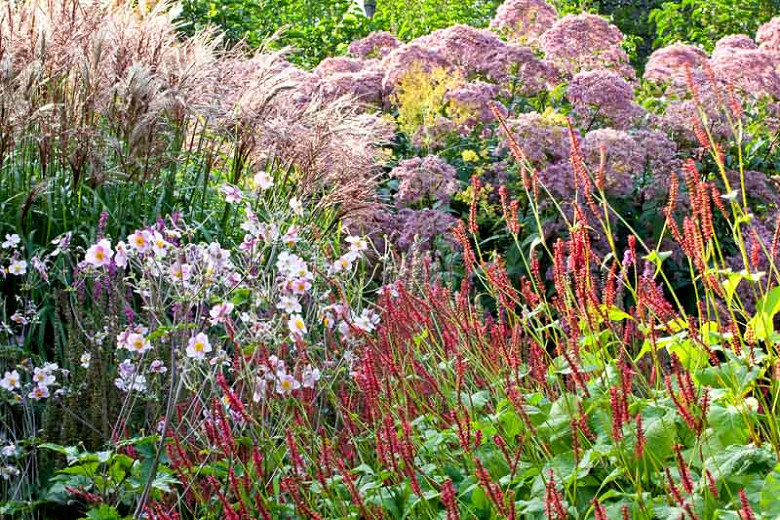
- Sedum is a low-maintenance succulent that comes in a variety of colors, including pink, red, orange, and yellow. Sedums are drought-tolerant and can add a splash of color to any garden.
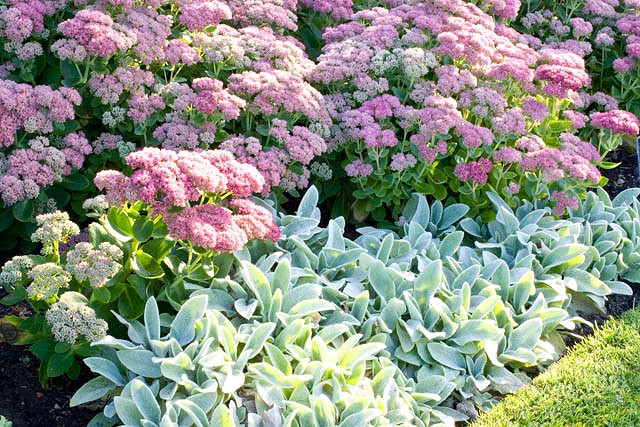
- Toad lilies are unusual plants with nodding, trumpet-shaped flowers. Toad lilies come in a variety of colors, including white, pink, and purple. They're a good choice for gardens that need some late-summer color.
In addition to these plants, there are many other stunning companion plants for anemones. When choosing companion plants, it's important to consider the size, color, and bloom time of the plants. You'll also want to make sure that the plants have similar light and soil requirements.
With a little planning, you can create a stunning garden that features anemones and their beautiful companion plants.
Anemones are beautiful flowers that can add a touch of elegance to any garden. But did you know that there are certain plants that can make anemones even more stunning?
The right companion plants can help to accentuate the beauty of anemones, extend their blooming season, and attract pollinators. Some of the best companion plants for anemones include:
- Turtlehead: This shade-loving plant has beautiful, tubular flowers that bloom in shades of pink, purple, and white. Turtlehead can help to fill in the spaces around anemones and provide a splash of color in shady areas of the garden. [link to website address]
- Culver's Root: This native North American plant has delicate, bell-shaped flowers that bloom in shades of blue and white. Culver's Root is a good choice for moist, shady areas of the garden.
- Hepatica: This spring-blooming plant has bright, purple flowers that look like little hearts. Hepatica is a good choice for woodland gardens and can help to add early color to the landscape.
If you're looking for ways to add more beauty and interest to your anemone garden, be sure to check out the list of companion plants above. You can also visit Gardenia Inspiration for more information about anemones and their companion plants.
FAQ of anemone companion plants
1. What are some good companion plants for anemones?
Anemones can be paired with a variety of other plants, depending on the species of anemone and the desired effect. Some good companion plants for anemones include:
- Tulips: Tulips bloom early in the spring, before anemones, so they can help to extend the flowering season in your garden. They also come in a variety of colors that can complement the flowers of anemones.
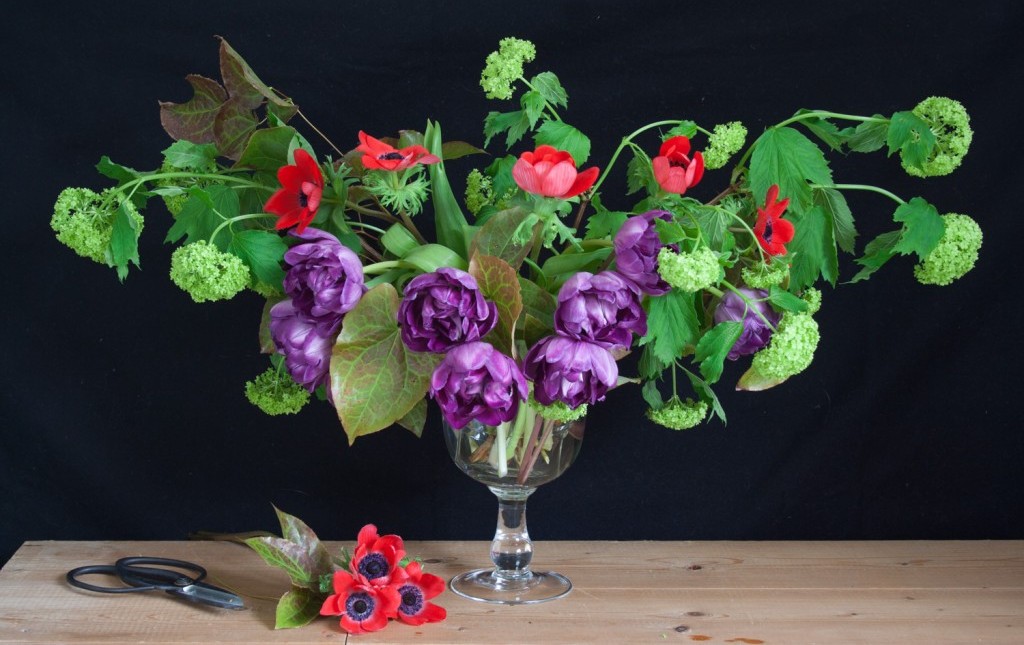
- Daffodils: Like tulips, daffodils also bloom early in the spring. They are also relatively low-maintenance, so they can be a good choice for gardeners who are not as experienced.

- Lily of the Valley: Lily of the valley is a small, delicate plant that blooms in the spring. It has fragrant white flowers that can add a touch of elegance to your garden.
- Bleeding Heart: Bleeding heart is a plant with fern-like foliage and delicate pink or white flowers. It blooms in the spring and early summer.

- Hostas: Hostas are shade-loving plants with large, glossy leaves. They can provide a backdrop for anemones and help to prevent them from drying out in hot weather.

2. What are the benefits of planting companion plants with anemones?
There are several benefits to planting companion plants with anemones. Companion plants can:
- Attract pollinators: Pollinators such as bees and butterflies are essential for the reproduction of anemones. Companion plants that attract pollinators can help to ensure that your anemones are pollinated and produce seeds.
- Provide support: Some anemone species, such as the Japanese anemone, can grow quite tall. Companion plants that can provide support, such as hostas or ferns, can help to prevent anemones from toppling over in the wind.
- Distract pests: Some pests, such as slugs and snails, are attracted to anemones. Companion plants that pests dislike, such as mint or garlic, can help to distract pests and keep them away from your anemones.
- Improve the soil: Companion plants can help to improve the soil quality around anemones. Some companion plants, such as legumes, can fix nitrogen in the soil, which can benefit anemones.
3. How far apart should anemones be planted?
The spacing requirements for anemones vary depending on the species. Some anemone species, such as the Japanese anemone, need to be spaced at least 18 inches apart. Other anemone species, such as the poppy anemone, can be spaced closer together, at about 12 inches apart.
4. How long does it take for anemones to grow?
The growth rate of anemones also varies depending on the species. Some anemone species, such as the Japanese anemone, can take several years to reach maturity. Other anemone species, such as the poppy anemone, can grow more quickly and reach maturity in one or two years.
5. What are some common problems that anemones can face?
Anemones can face a number of common problems, including:
- Pests: Anemones can be susceptible to pests such as slugs, snails, and aphids.
- Diseases: Anemones can be susceptible to diseases such as powdery mildew and rust.
- Drought: Anemones are susceptible to drought. They need to be watered regularly, especially during hot, dry weather.
- Winter damage: Some anemone species, such as the Japanese anemone, can be damaged by cold winter weather. They may need to be protected with a layer of mulch or a cold frame.
Image of anemone companion plants
- Anemone and hosta. Hostas are shade-loving plants that can provide a lush backdrop for anemones. They also have similar flowering times, so they will bloom together in the spring or fall.
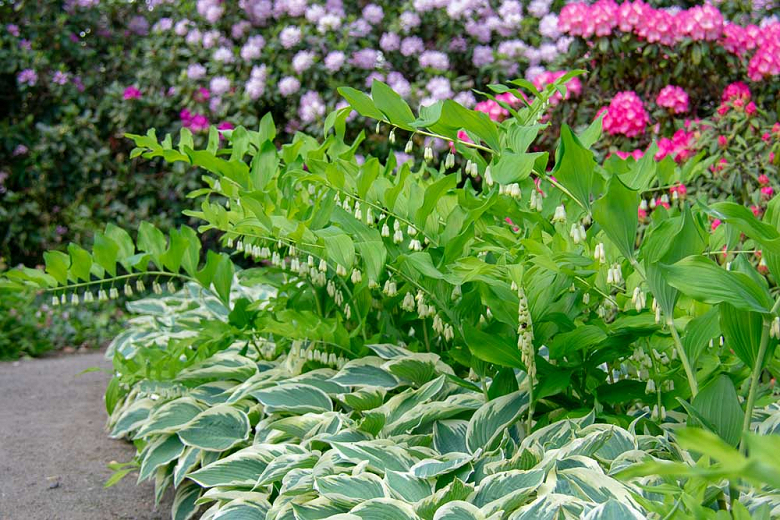
- Anemone and sedum. Sedums are succulent plants that add a touch of texture and color to anemone borders. They also have similar water needs, so they are easy to care for together.

- Anemone and rudbeckia. Rudbeckias are bright yellow flowers that complement the delicate blooms of anemones. They also have similar sun and soil requirements, so they can be planted together in a variety of locations.

- Anemone and iris. Irises are another type of spring-blooming flower that can be planted with anemones. They come in a variety of colors, so you can choose ones that will coordinate with your anemones.
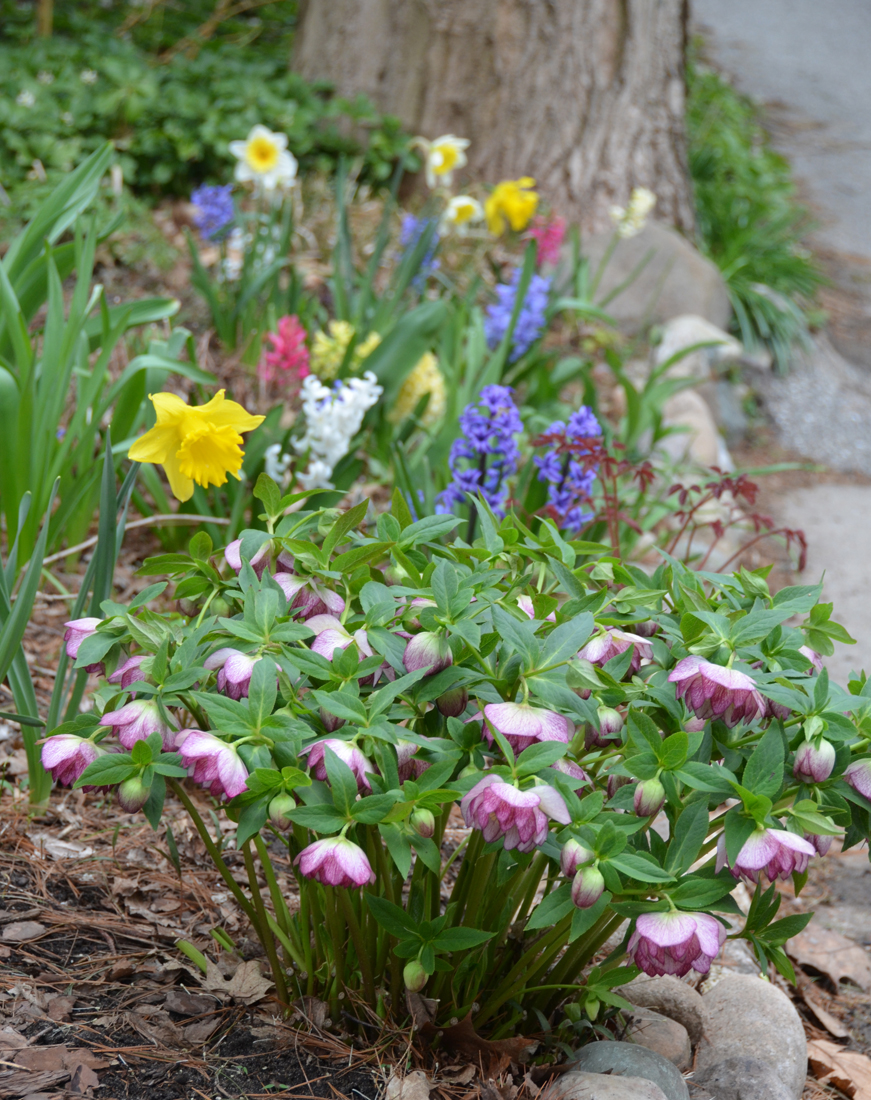
- Anemone and campanula. Campanulas are bell-shaped flowers that add a touch of elegance to anemone borders. They also have similar moisture needs, so they are easy to care for together.


Post a Comment for " Stunning Companion Plants For Anemones"